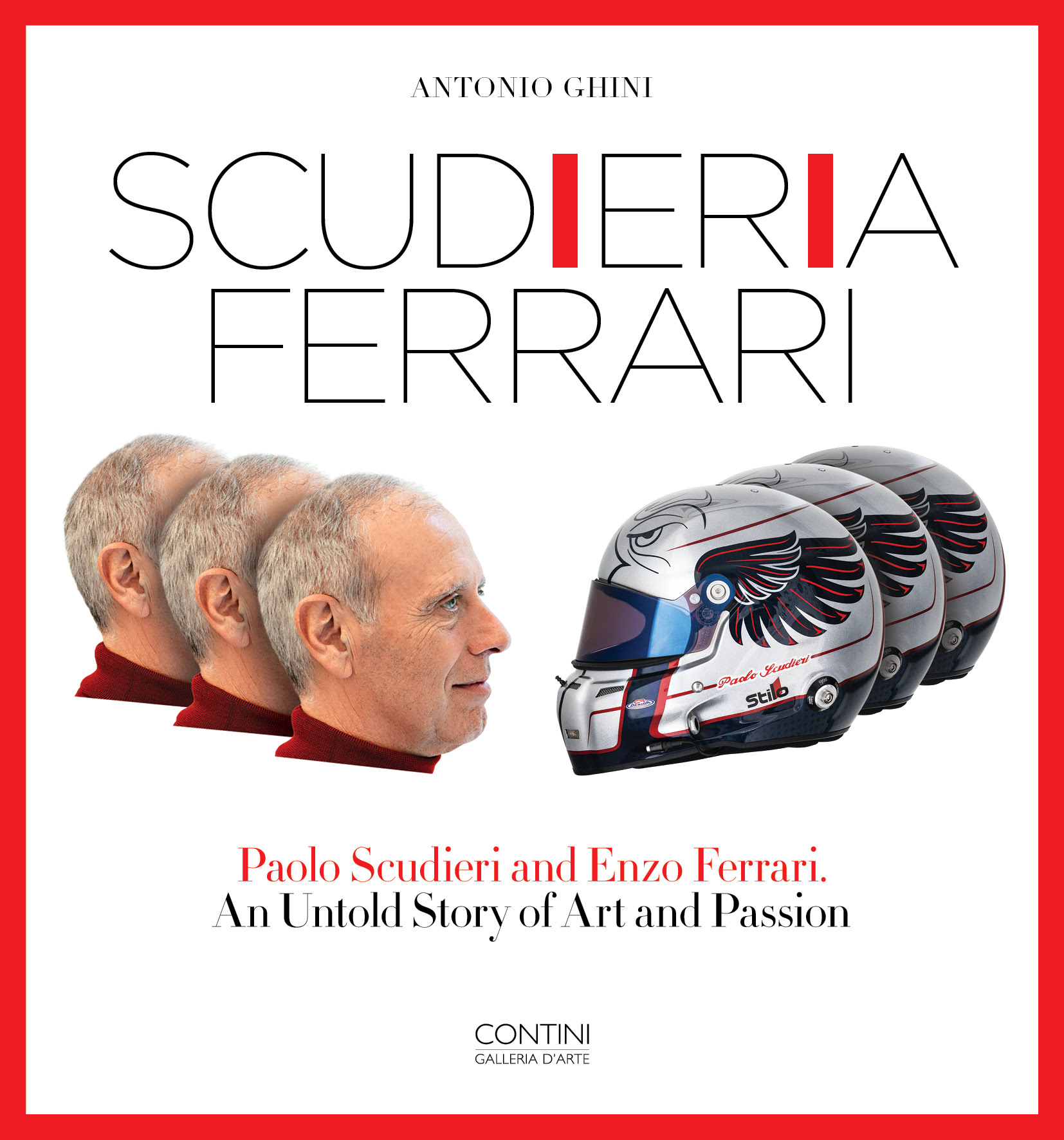World Champion
15 March 2021 4 min read 7 images

It’s worth remembering something that tends to be forgotten: In order to defeat Alfa Romeo in Formula 1, Enzo Ferrari hadn’t hesitated to make a major investment by betting on a normally-aspirated engine rather than a supercharged one. An investment that would have been justified if the World Championship Formula had lasted more than two years, which is exactly what happened. In 1954, a new regulation limiting engine capacity to 2,500cc had already been planned for, while in 1952 and 1953 they would have raced with their Formula 2 single-seaters, sending the mighty 375 powered by the large V12 engine designed by engineer Lampredi into retirement.
Register to unlock this article
Signing up is free and gives you access to hundreds of articles and additional benefits. See what’s included in your free membership. See what's included in your free membership.
Already have an account? Log In


